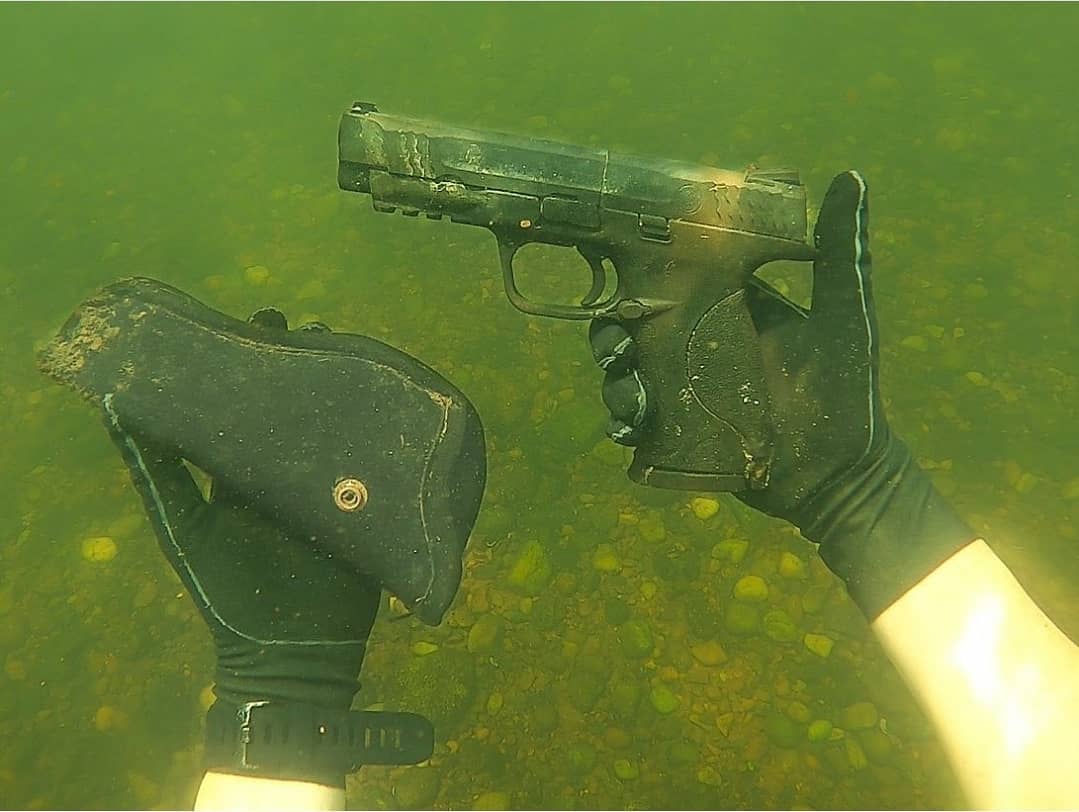During my six years in the US Navy, I was assigned to an aircraft carrier. During that time, we had 4 different commanding officers. The problem with being on an aircraft carrier is that the CO is a former aviator, and he is so close to making admiral, he can taste it. The officers that make it that far are pure politicians who are looking to trade that eagle on their collar for a star.
The first one didn’t want to be bothered with having to actually DO his job. He would hold NJP on an aircraft carrier as follows:
He would be on the flight deck, standing behind a lectern.
The accused sailors would be lined up in ranks on the aircraft elevator at the hanger deck level.
The elevator would be raised to the flight deck.
The CO would say: “You all must be guilty, or you would not be here. I find you guilty as charged. I sentence you to reduction in rank by one paygrade, you will forfeit a half month’s pay for two months, restriction to the ship for 45 days, with extra duty for 45 days. Dismissed.” and then the elevator with the accused on it would be lowered back down to the hanger. He used to say that if he had one hundred enlisted men with video cameras with one hundred videos showing an event taking place, and one officer who said “That wasn’t how it happened,” then he would take the side of the officer every single time.
Our second CO was a decent guy. His career was destroyed when our ship collided with another, 30 minutes after he had left the bridge with the ship’s Navigator in charge.
The third CO we had was probably the best. We had just received a new radar repeater for the Captain’s chair on the bridge. I installed and tested it. It was cool. It attached to the arm of the chair and allowed the CO to see any radar display that was available to the ship.
It also turns out that the power supply for it was faulty. Not may fault, it came from the factory like that. That power supply caught fire while the CO was sitting in the chair. The power supply was mounted to the chair, just under the CO’s ass. It burned his left cheek and melted a hole in his pants.
A couple of months later, I was standing in formation so the CO could pin my Surface Warfare pin on me. This was back in the day when warfare pins were difficult to get and most people didn’t have them. (Not like today when nearly everyone does) As he was pinning it on me, he said, “Congratulations, Petty Officer Divemedic. You aren’t going to set me on fire in celebration, are you?” We both laughed. As I said, nice guy.
We went to war with that CO. I respected him a lot.
Then we got the fourth one. He took over just after we returned from the war. He was, to put it mildly, a warmonger. We were a nuclear capable command, and it scared all of us that this man was in charge of nuclear weapons. He used to begin every announcement with “When we arrive, there will be blood on the water,” then would talk about how he was eager to go to war. I think that this was because he was the only person in the ship that had not been in the combat zone.
Even the junior officers would complain about him. In front of NCOs. If you have ever been in the military, you know things are bad when the JO’s are complaining about the CO in front of enlisted personnel.
It seems, from talking to people I know, that the officer problem has gotten worse.


